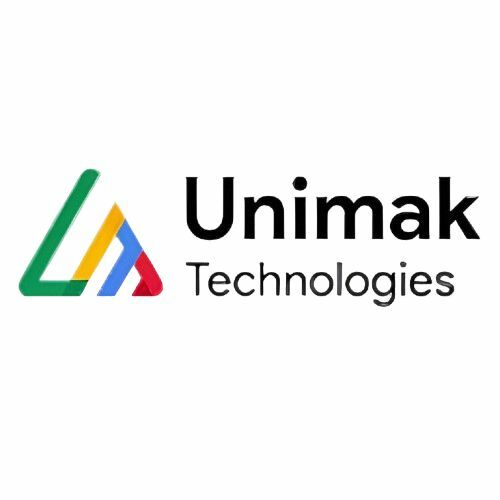Articles
Legacy Software Modernisation Strategies for 2025
Share this post
In 2025, businesses face a critical challenge: keeping outdated software systems competitive in a rapidly evolving digital world. Legacy software, while once reliable, often struggles to support modern business processes, integrate with new technologies, or maintain security standards. This is where software modernisation services play a vital role. Modernising legacy systems ensures businesses remain agile, efficient, and ready to adopt future technologies.
Why Modernisation Matters
Many organisations rely on legacy applications built decades ago. These systems may work but are slow, hard to maintain, and costly. Over time, they can hinder growth, limit scalability, and create security risks. Modernisation transforms these old systems into flexible, scalable solutions that align with current business goals. Companies like Designpluz specialise in guiding businesses through this transformation.
Key Modernisation Strategies for 2025
Rehosting (Lift-and-Shift)Rehosting involves moving legacy applications to modern cloud infrastructure without changing the code significantly. This approach reduces costs and improves performance while keeping the system operational during migration.
Refactoring and Re-architecting
Refactoring updates the code structure to improve efficiency and maintainability without changing its functionality. Re-architecting goes further, redesigning the system for scalability, cloud compatibility, and integration with modern tools.
Application Containerisation
Containerisation packages software into lightweight, portable units that run consistently across environments. This increases flexibility, supports microservices, and simplifies deployment processes.
Replacing with Modern Platforms
Sometimes, the most effective approach is replacing the legacy application with a modern, off-the-shelf solution. This can dramatically improve functionality, reduce maintenance, and provide access to cutting-edge features.
Integration with APIs and Microservices
Modern systems often rely on APIs and microservices for better modularity and faster development cycles. Integrating legacy software with these technologies allows businesses to extend capabilities without a complete rebuild.
Benefits of Software Modernisation
Modernising legacy systems enhances performance, strengthens security, reduces operational costs, and supports scalability. Businesses can also innovate faster, adopt AI or analytics tools, and respond quickly to market changes. These benefits make software modernisation services a crucial investment for companies aiming to remain competitive in 2025.
Why Choose Designpluz
Designpluz has extensive experience in modernising complex legacy applications. Their expert team evaluates each system, recommends the best strategy, and executes modernisation with minimal disruption. From cloud migration to application refactoring, Designpluz ensures that businesses gain efficiency, reliability, and future-ready software solutions.
Conclusion
Legacy software modernisation is no longer optional—it’s essential for growth, efficiency, and competitiveness in 2025. By leveraging strategies like rehosting, refactoring, containerisation, or system replacement, businesses can unlock the full potential of their technology. Partnering with experienced providers like Designpluz ensures a smooth transition and long-term success in the digital era.







